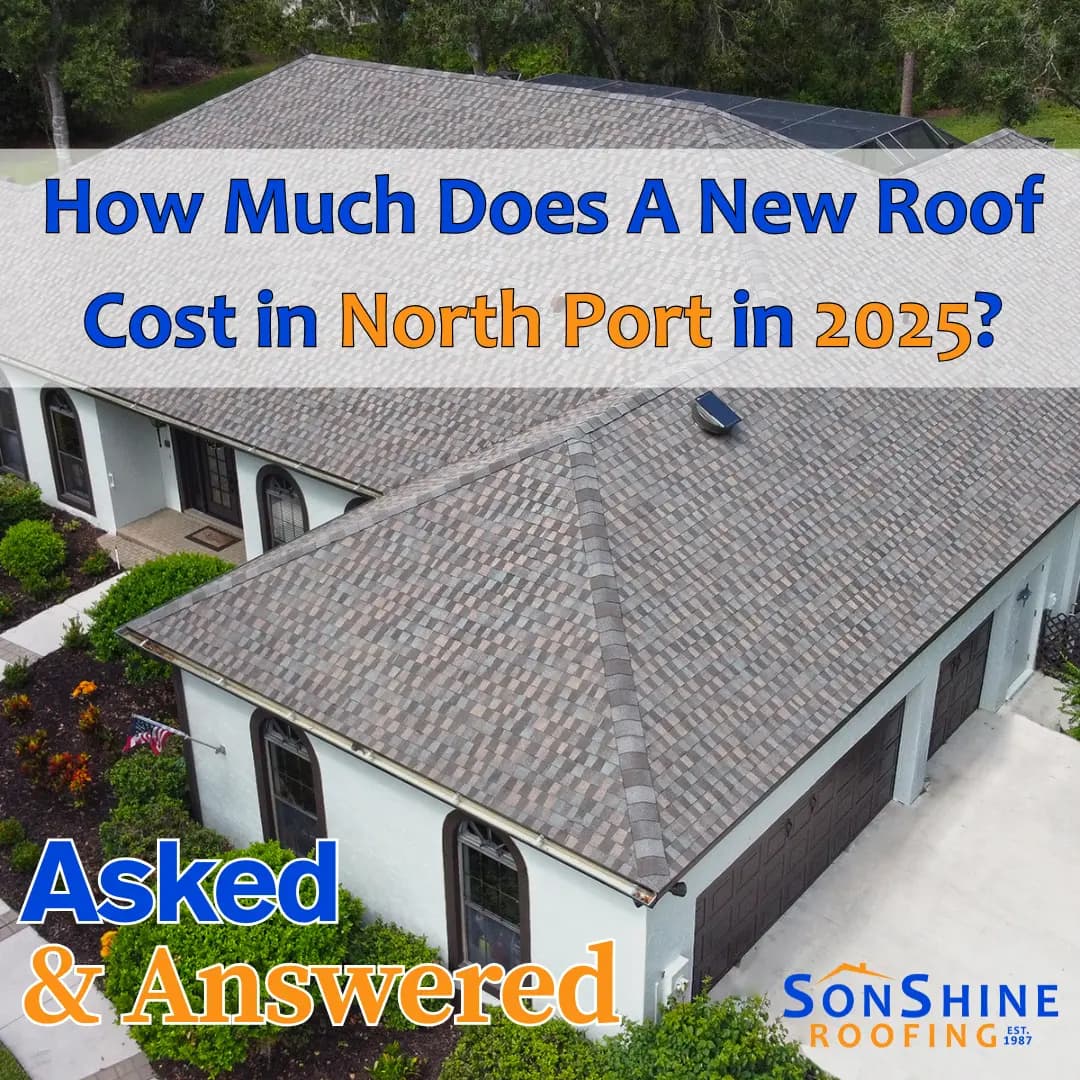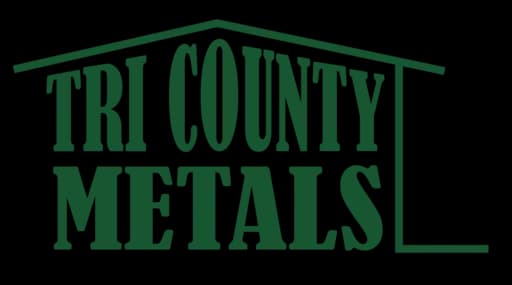Hurricane season is in full swing. Do you know how to prepare your home for a hurricane in Florida?
When Hurricane Irma hit, more than a million people were affected. While you can’t stop a hurricane or relocate your home, you can take steps to minimize the potential damage. The sooner you act, the better protected your property and family will be.
Below is a comprehensive Florida hurricane prep checklist to help you secure your home—especially your roof—before the next storm rolls in.
Take the first step
Schedule a fast, no-pressure visit. Since 1987 we’ve got you covered.
Get startedBasic Home Storm-Guarding Steps
Here are a few basic precautions that go a long way:
- Perform necessary roof repairs now to avoid emergency leaks.
- Clear out gutters and downspouts to allow rainwater to drain properly.
- Move outdoor furniture and decorations inside to prevent them from becoming dangerous projectiles.
- Have a generator and fuel supply ready for use during potential outages.
- Know how to shut off your home’s gas, water, and electricity safely.
These are just the start. For more comprehensive protection, follow the next steps.
1. Secure the Roof
Install hurricane straps or clips to fasten the roof to your home’s frame. Roof uplift is one of the most dangerous hurricane impacts. You may also want to invest in a professional roof inspection to ensure your home is ready.
2. Reinforce Doors
Install head and foot bolts on all entry doors to keep them secure during high winds. Garage doors can also be reinforced with retrofit kits to prevent collapse.
3. Cover Windows
Use storm shutters or cut-to-size plywood (at least 5/8″ thick) to protect windows and glass doors. Reinforced plywood is best for sliding glass doors or larger openings.
4. Caulk Entry Points
Use weatherproof caulk around windows and doors to prevent wind-driven rain from seeping into your home and causing costly water damage.
5. Secure External Structures
Reinforce or anchor carports, sheds, decks, and awnings. These can be torn away in a storm and cause damage to your home or neighboring properties.
6. Test Drainage
Make sure your yard and driveway drains are functional. Flooding can start when water has nowhere to go.
Landscape Protection
Yard prep is an important part of hurricane-proofing your house. Follow these tips:
- Trim tree limbs and overgrown shrubs. Learn how to prune trees effectively.
- Swap out gravel for shredded bark to reduce airborne debris.
- Have a certified arborist inspect large trees that could fall on your home.
- Tie down small shrubs and trees with soft rope or commercial straps.
Check Your Insurance Coverage
Wind Insurance
Standard homeowner’s insurance in Florida typically covers wind damage. However, check with your provider about your coverage limits, deductibles, and any exclusions before storm season intensifies.
Flood Insurance
Hurricane damage often includes flooding—but your standard policy won’t cover it. Flood insurance is a separate policy available through the National Flood Insurance Program (NFIP). Even if you’re not in a designated flood zone, it may be worth the investment.
Act Early—Don’t Wait Until It’s Too Late
The time to prepare your home for a hurricane is now—not when the storm is already on its way. Roof damage is among the most common and most expensive hurricane repairs. Protecting your roof is critical to protecting everything underneath it.
Need expert help getting your roof hurricane-ready in Sarasota or surrounding areas? Contact SonShine Roofing today for an inspection or repair quote. We’ll help you storm-proof your roof and give you peace of mind before the next storm hits.















